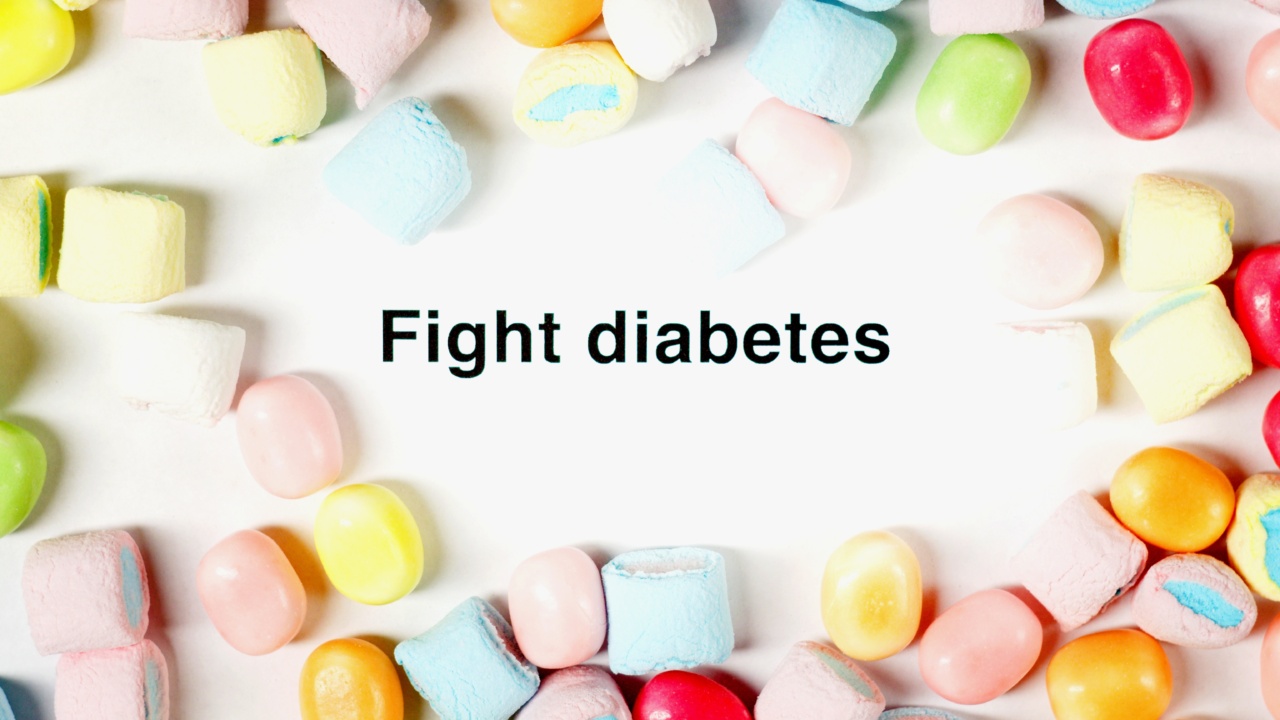Diabetes is a chronic medical condition that affects millions of people worldwide. It is caused by the body’s inability to produce or effectively use insulin, a hormone that regulates blood sugar levels.
Diabetes can lead to serious health complications, such as heart disease, kidney failure, and blindness. Managing diabetes is critical for preventing complications and maintaining overall health. One way to manage diabetes is through diet, which involves selecting foods that help regulate blood sugar levels.
The Role of Sweeteners in Diabetes
Sweeteners are a type of food additive that provide a sweet taste without adding calories or affecting blood sugar levels. They are commonly used in processed foods, beverages, and desserts.
In recent years, the use of sweeteners has become a controversial topic, especially for people with diabetes who need to be cautious about their sugar intake.
There are two main types of sweeteners: nutritive and non-nutritive. Nutritive sweeteners, such as sucrose, fructose, and honey, provide calories and can affect blood sugar levels.
Non-nutritive sweeteners, such as aspartame, saccharin, and stevia, do not provide calories and do not affect blood sugar levels.
Non-nutritive sweeteners are a popular choice for people with diabetes because they do not affect blood sugar levels. However, some people are concerned about the safety of non-nutritive sweeteners and prefer to avoid them.
The Benefits of Oligothermic Sweeteners
Oligothermic sweeteners are a type of sweetener that can be beneficial for people with diabetes.
Oligothermic sweeteners are made from a combination of nutritive and non-nutritive sweeteners, creating a synergistic effect that provides sweetness without affecting blood sugar levels. This makes oligothermic sweeteners an ideal choice for people with diabetes who want to enjoy sweet foods and beverages without harming their health.
Studies have shown that oligothermic sweeteners can help regulate blood sugar levels and improve insulin sensitivity.
This is because oligothermic sweeteners contain a low glycemic index, which means they are absorbed slowly and do not cause a rapid increase in blood sugar levels.
Oligothermic sweeteners also have a lower calorie content than traditional nutritive sweeteners, which can help people with diabetes manage their weight.
Weight management is an important aspect of diabetes management, as excess weight can contribute to insulin resistance and other complications.
The International Sweetener Association
The International Sweetener Association (ISA) is a leading organization that promotes the use of sweeteners in food and beverages.
The ISA works with food and beverage manufacturers, health professionals, and regulatory authorities to ensure that sweeteners are safe, effective, and used appropriately.
The ISA advocates for the use of oligothermic sweeteners as a safe and beneficial alternative to traditional sweeteners. The ISA provides information about oligothermic sweeteners to help people with diabetes make informed choices about their diet.
How to Incorporate Oligothermic Sweeteners into Your Diet
If you have diabetes, incorporating oligothermic sweeteners into your diet can help you enjoy sweet foods and beverages without harming your health. Here are some tips for using oligothermic sweeteners:.
- Read food labels carefully to identify products that contain oligothermic sweeteners.
- Use oligothermic sweeteners in place of traditional sweeteners in recipes for baked goods, desserts, and beverages.
- Choose foods and beverages that naturally contain oligothermic sweeteners, such as fruits and vegetables.
It is important to note that oligothermic sweeteners should be used in moderation, just like any other sweetener. Consuming too much of any sweetener can lead to weight gain and other health problems.
The Future of Oligothermic Sweeteners
Oligothermic sweeteners are a relatively new technology that is gaining popularity among health-conscious consumers.
As awareness of the benefits of oligothermic sweeteners grows, it is likely that more food and beverage manufacturers will use them in their products. This will give people with diabetes more options for sweet foods and beverages that do not harm their health.
The ISA will continue to promote the use of oligothermic sweeteners and provide information about their benefits to consumers.
The ISA will also work with regulatory authorities to ensure that oligothermic sweeteners are safe and meet all regulatory standards.
Conclusion
Oligothermic sweeteners are a safe and beneficial alternative to traditional sweeteners for people with diabetes. They provide sweetness without affecting blood sugar levels and have a lower calorie content than traditional sweeteners.
The International Sweetener Association advocates for the use of oligothermic sweeteners and provides information to help people with diabetes make informed choices about their diet. By incorporating oligothermic sweeteners into their diet, people with diabetes can enjoy sweet foods and beverages without harming their health.



























